It’s hard to believe in this DAY of VIRGIL ABLOH and SACAI collabs, but there was a time when Nike used to make terrible streetwear. Cheap, awful stuff.
We’d go on market trips and fawn over street and fashion brands, then come back and advocate for product at a similar level of execution, only to be told there wasn't market support or manufacturing infrastructure.
At the time I was particularly annoyed that we were missing out on a chance to talk about our rich running history. Nike is a passionate, maverick company birthed by iconoclasts in the crucible of unrest of the 1960s, but there curiously wasn't an appetite for this narrative in Nike’s (rightly) innovation obsessed culture. The thinking was that we should be focusing on athlete performance, and not be distracted by “lifestyle” collections. My argument was we were the only ones who cared about this distinction —— why should our off-field product be of inferior quality?
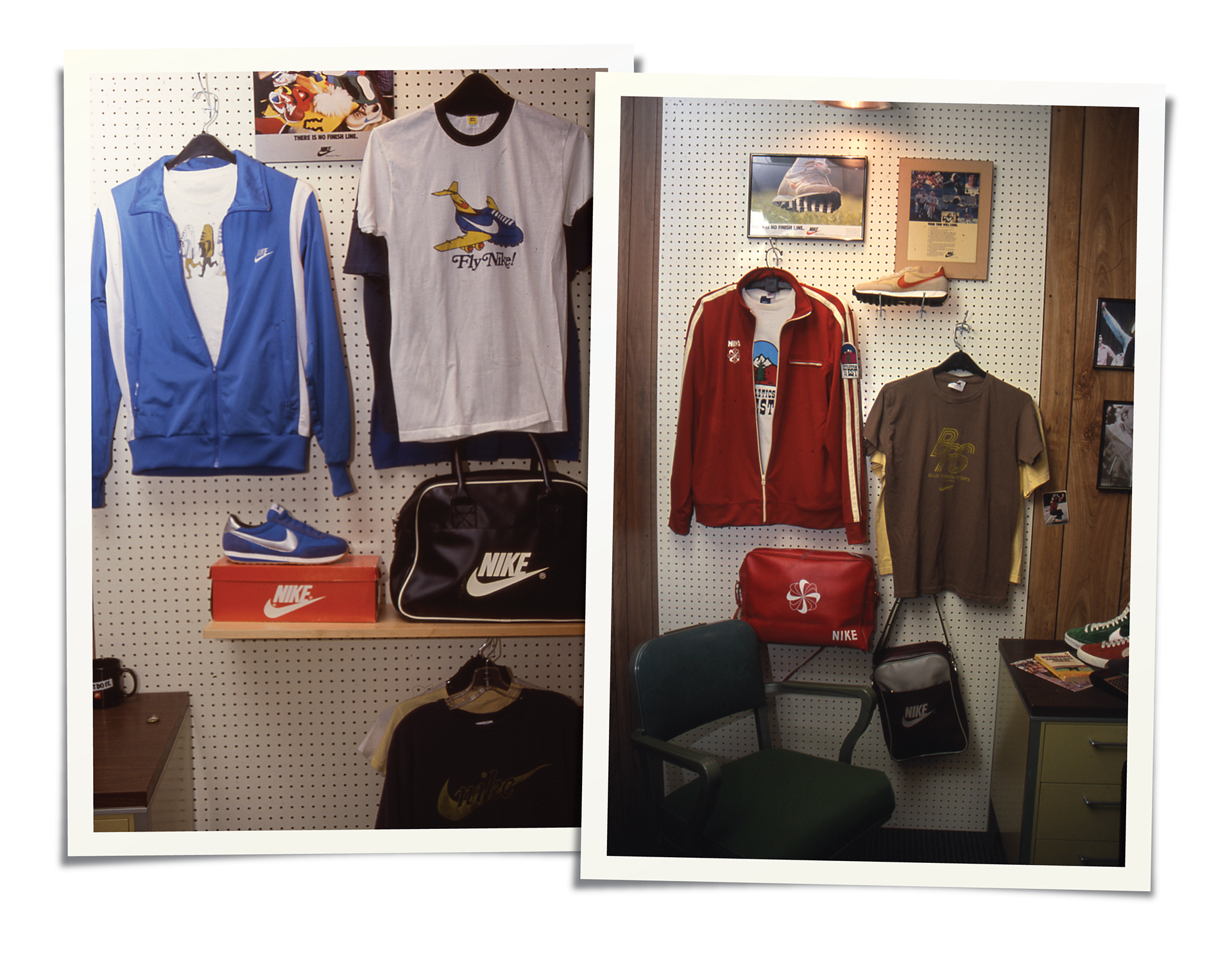
ALIGNING THE STARS
It struck me that the way to put this idea over the top was to build a full-blown concept room —— replete with samples and furnishings, even music. A place you could walk into, shut the door, and be totally immersed in a fully realized experience of a throw-back Nike retail collection.
Fortunately at the time, there was an executive group at Nike charged with bringing new product concepts to market. We met and they agreed to put up seed money to create samples and build out the concept room, asking me to pitch my idea back to them when it was complete. During my research I had met the campus display manager, who had access to the Nike Archive, and was able to supply me with actual pieces of vintage apparel and footwear. Whatever we didn’t have was re-created using thrift store garments, using old catalogs, photography, and even video screen-captures for reference.
The next challenge was to find a space where we could showcase this all-in concept. As luck would have it, just down the hall from where I sat, there was a vacant office with a lockable door, which I talked facilities into letting me “borrow” (because, “soft skills...”)
Using my experience building department store displays, I created a replica of the first scrappy Eugene “Athletic Department” store. Over a weekend I built out the concept room using fake wood paneling and Astroturf from the Home Depot down the street. I then bought some period office furniture, scrounged up some key props, and we were good to go
Using my experience building department store displays, I created a replica of the first scrappy Eugene “Athletic Department” store. Over a weekend I built out the concept room using fake wood paneling and Astroturf from the Home Depot down the street. I then bought some period office furniture, scrounged up some key props, and we were good to go
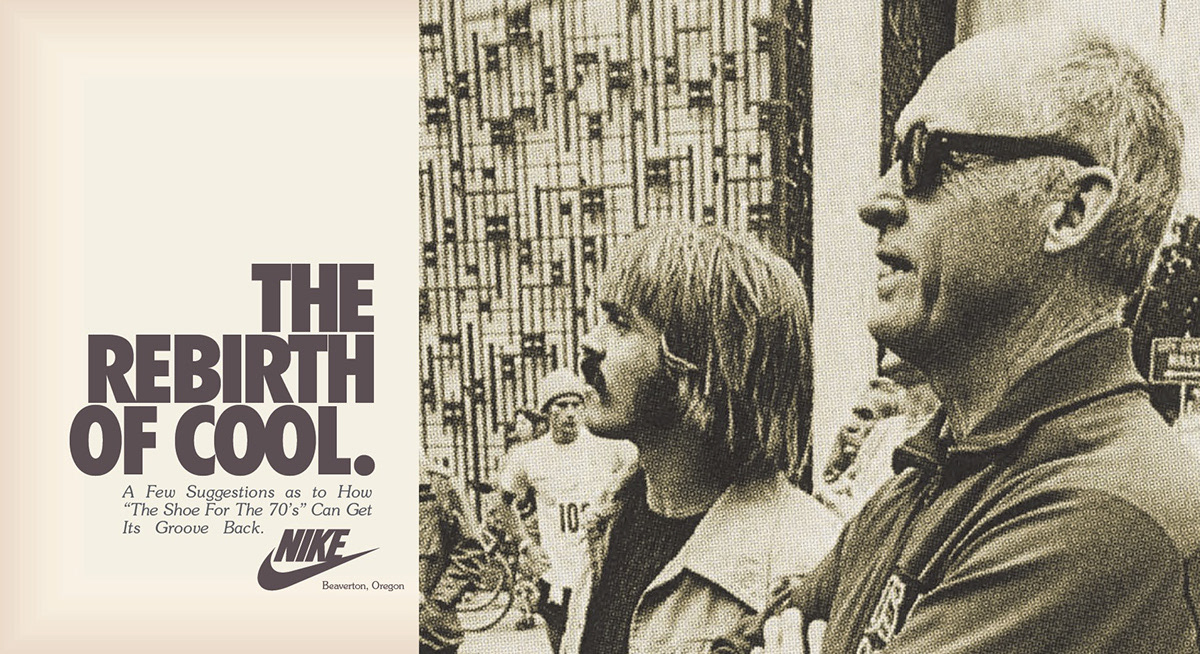
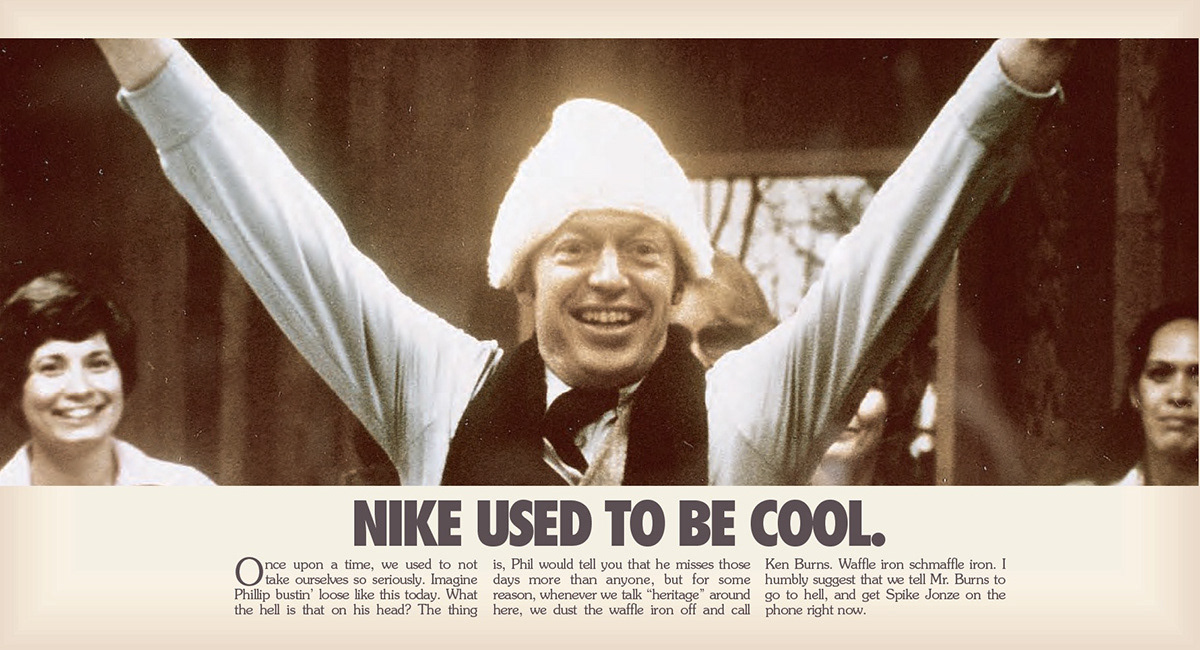
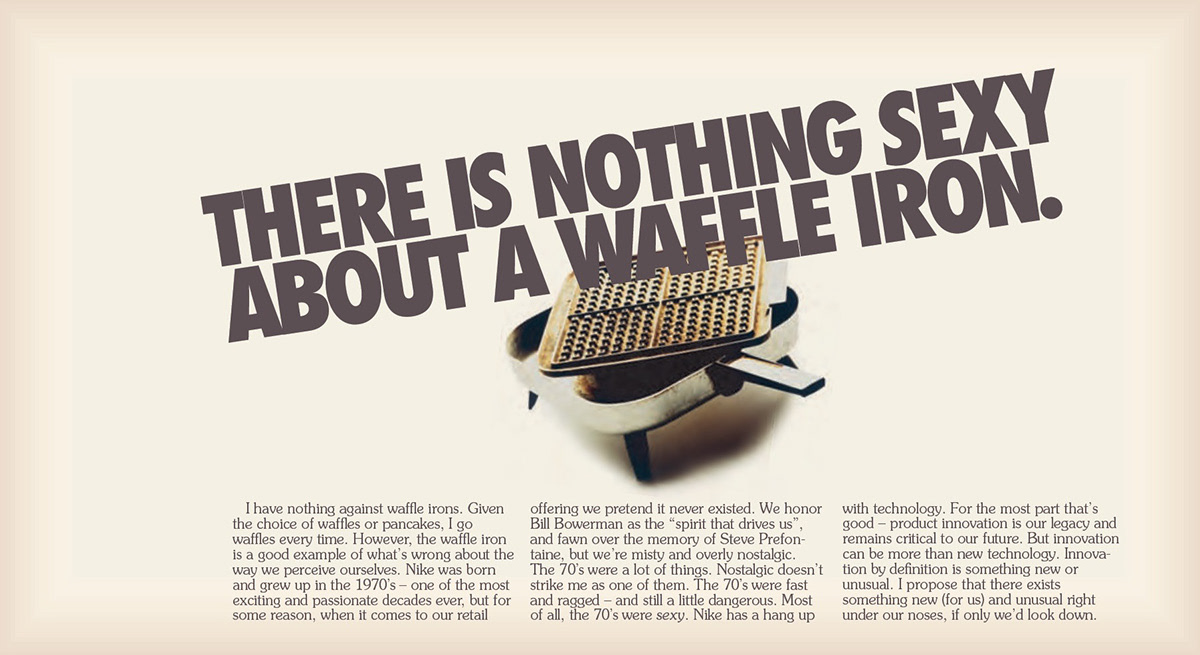
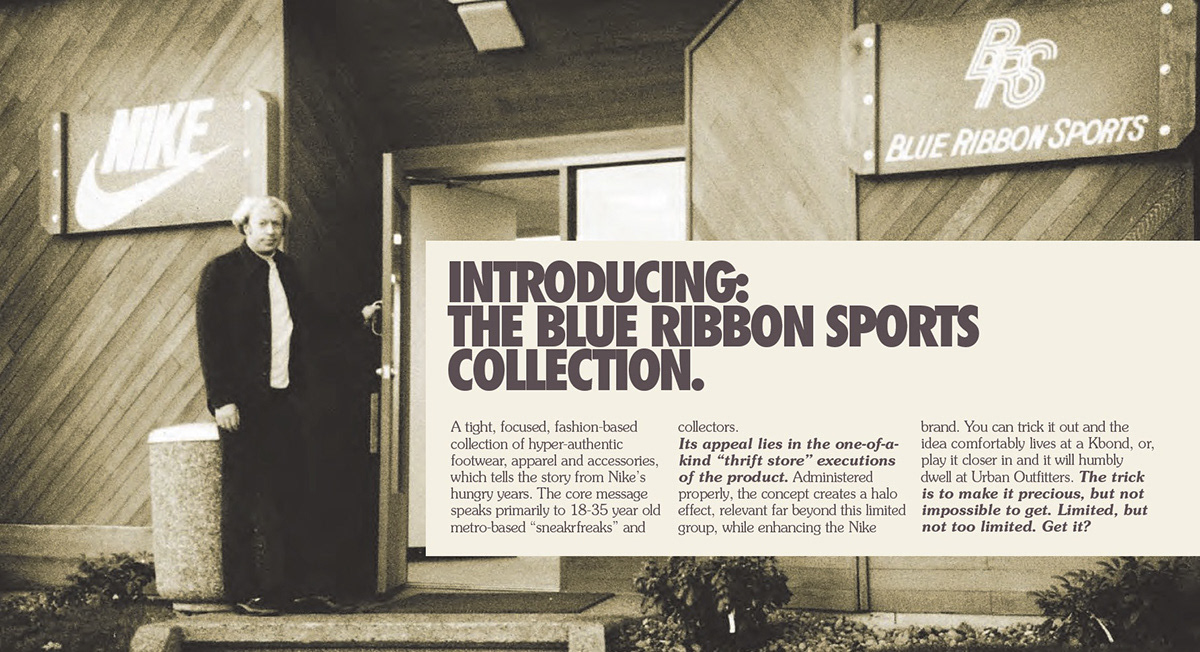
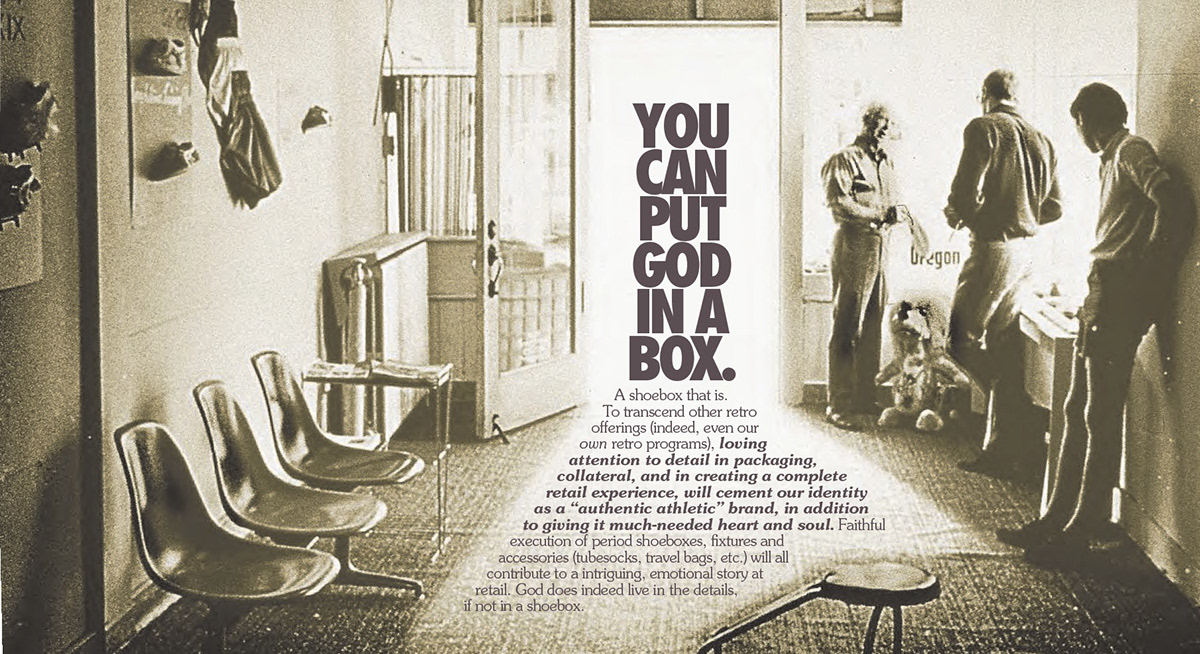
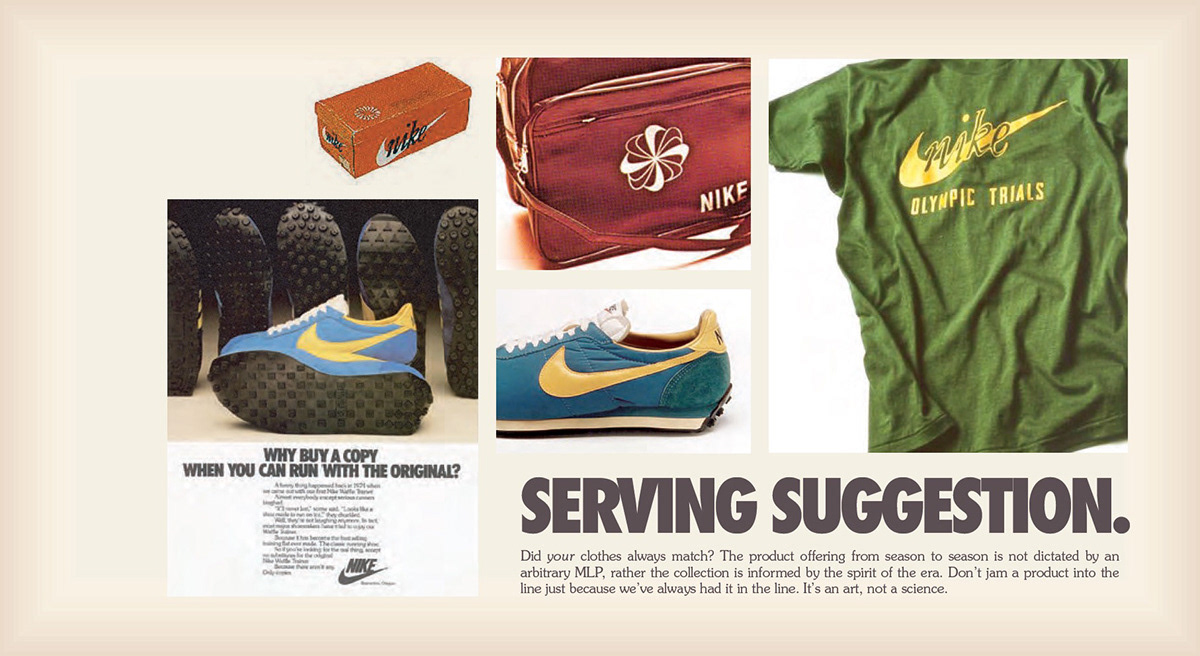
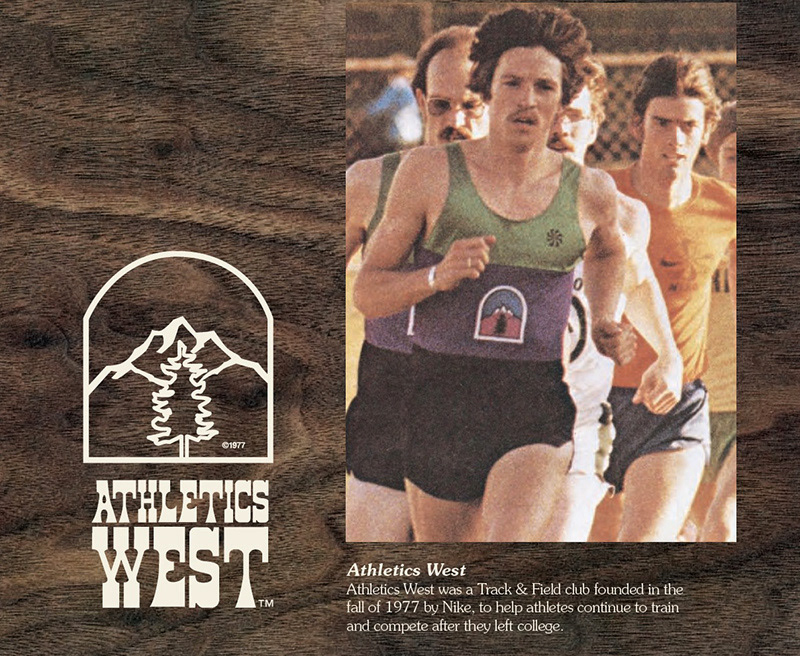
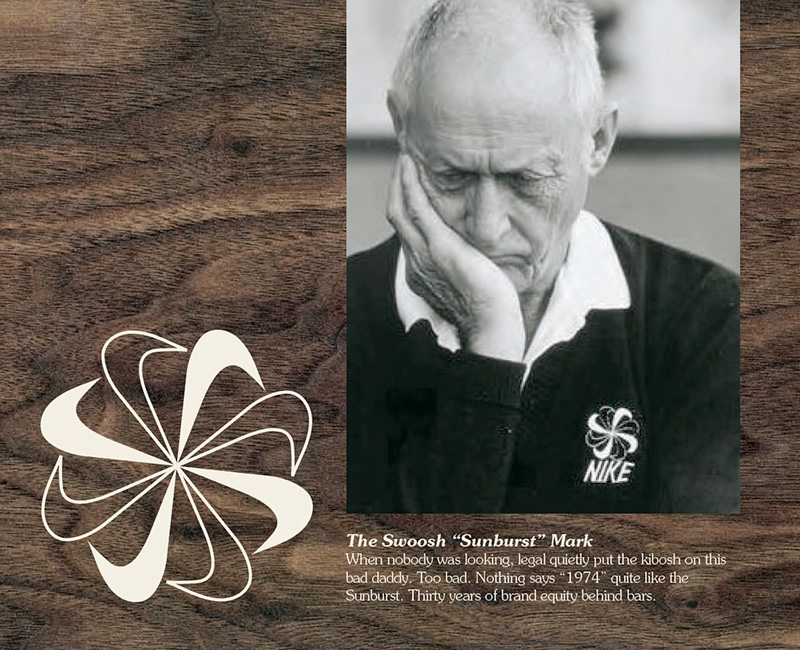
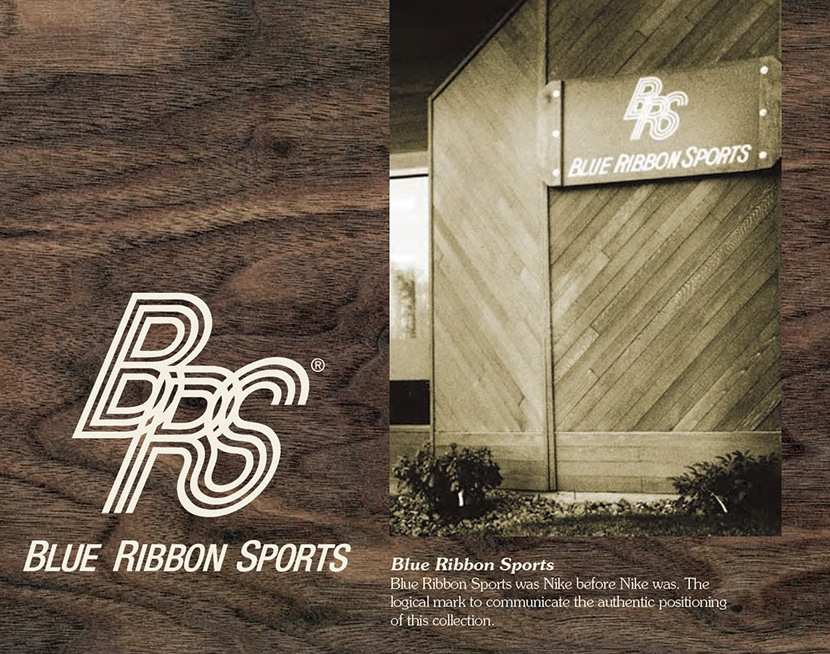
I also put together a take-away book which summarized my research, the logos I wanted to use, and an overview of the concept as a retail collection.
When word got out what was going on on the fourth floor of the Michael Jordan building, a parade of Nike senior executives and luminaries, including late original Nike employee, Bill Bowerman cohort, and de-facto historian Geoff Hollister visited and reflected on the early days of the company. Even Phil Knight found out about our secret little tree fort and gave his blessings to the project.
When word got out what was going on on the fourth floor of the Michael Jordan building, a parade of Nike senior executives and luminaries, including late original Nike employee, Bill Bowerman cohort, and de-facto historian Geoff Hollister visited and reflected on the early days of the company. Even Phil Knight found out about our secret little tree fort and gave his blessings to the project.
What’s It Called?
The first Nike apparel collections in the late ’70s had scratchy woven neck labels with “Sportswear” knitted under an wonky royal blue Nike Futura wordmark with a bright orange swoosh. A vintage shop on Melrose Avenue in LA had a rack of this stuff called “Orange Label.” Indeed, the mark had been lying fallow for decades, and it felt organic and somehow inevitable to bring it back. So to distinguish the mark from the well-known existing Futura lockup, I redrew the new/old Sportswear logo based on the original low-res woven neck label, creating a hand-drawn version of the “sportswear” font, and quietly submitted it to legal. Nike’s legal department at the time was infamously strict with the mark, and I was certain my messed up “vintage” logo would be flagged, but to my surprise and delight, it was approved. It became the flagship mark for the collection and all branding, and is still in use to this day.
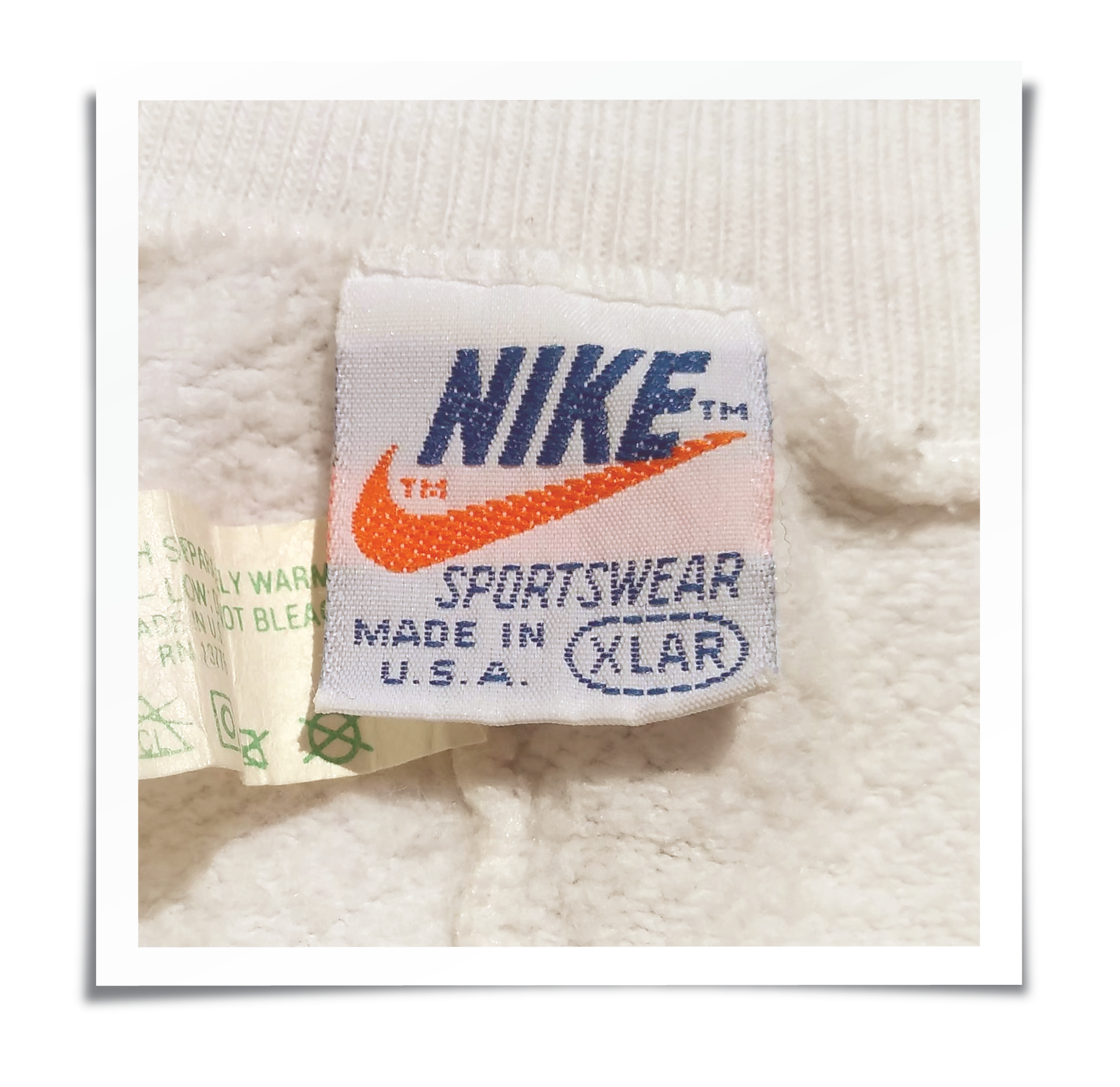
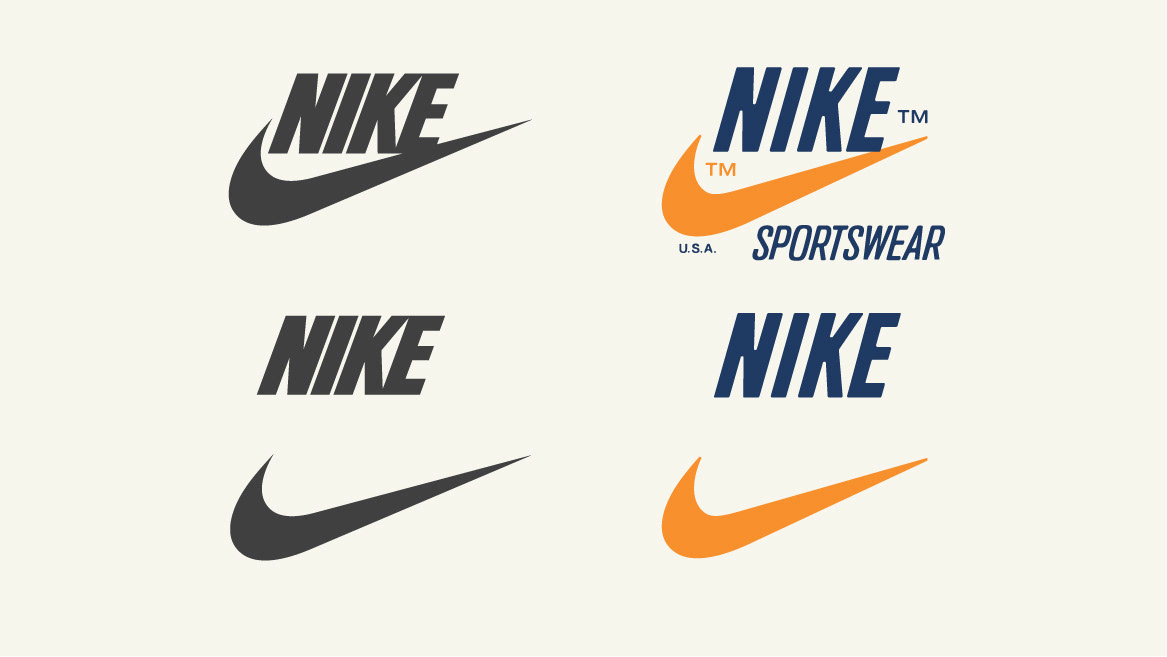
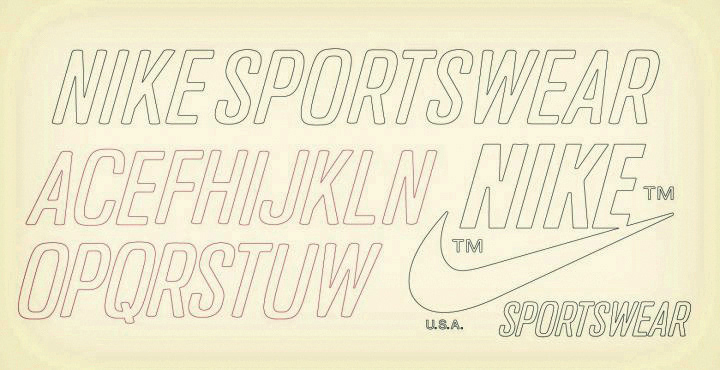
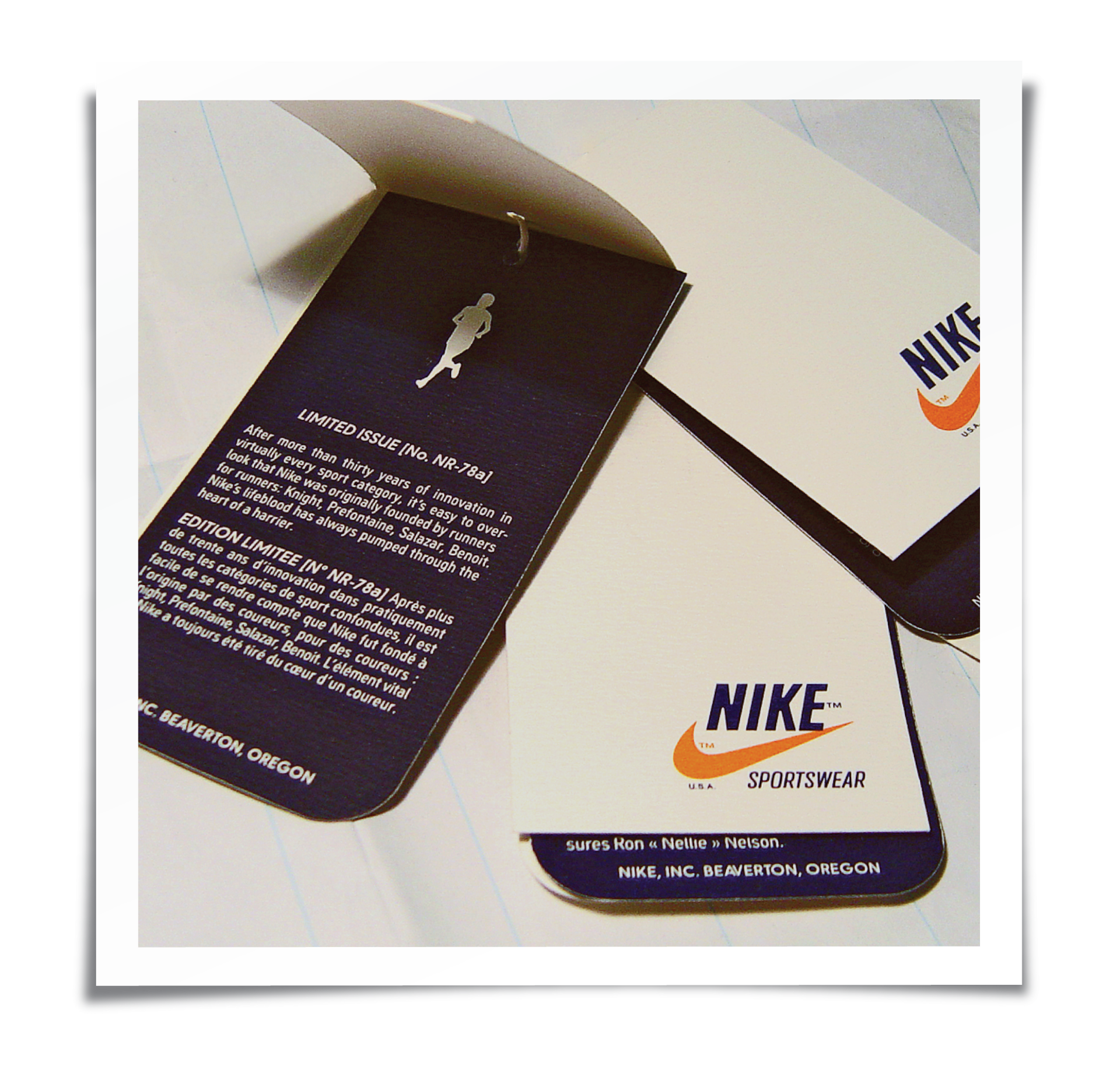
A LITTLE OCD GOES A LONG WAY
Then there was the issue of finding, and in many cases redrawing, all those logos and graphics. Nike had a pretty deep archive of footwear, but the apparel and graphic collection wasn’t as robust. Over the next year, I redrew and cleaned up every old logo and work mark I could find. The upshot of this was a repository I created titled “Every Logo Ever” which, as you can imagine, took on a life of its own internally.
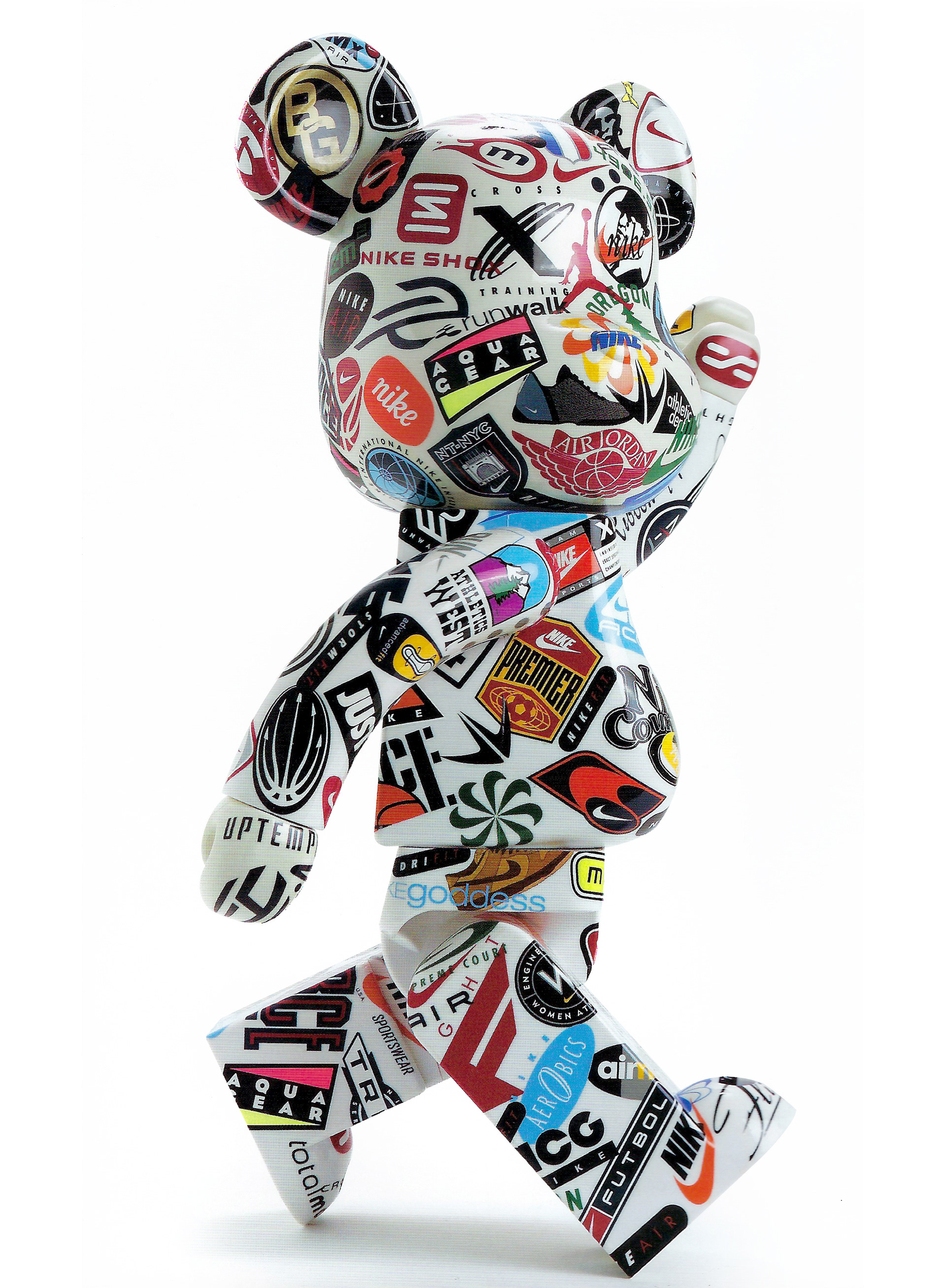
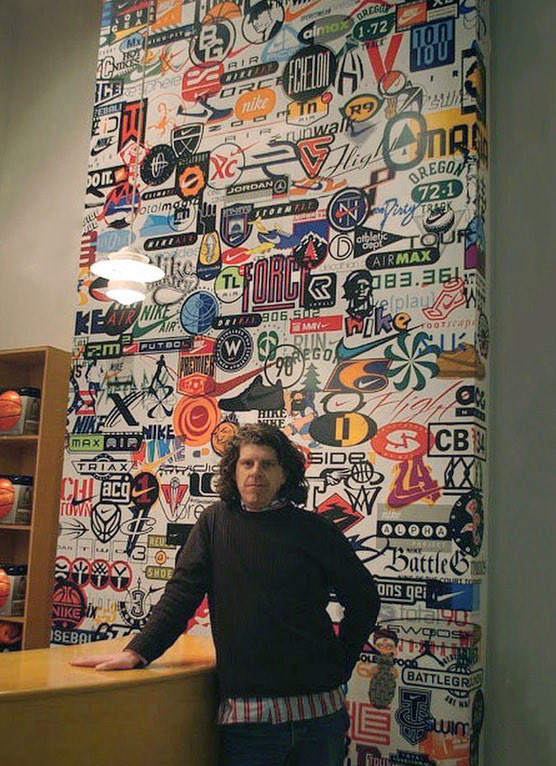
THEN WHAT?
The first Nike Sportswear Re-Issue collection was launched to great success. The line started showing up in international style and fashion magazines and highstreet boutiques where Nike apparel had never been. As the ultimate validation, we started getting calls from Nike senior executives who wanted personals.
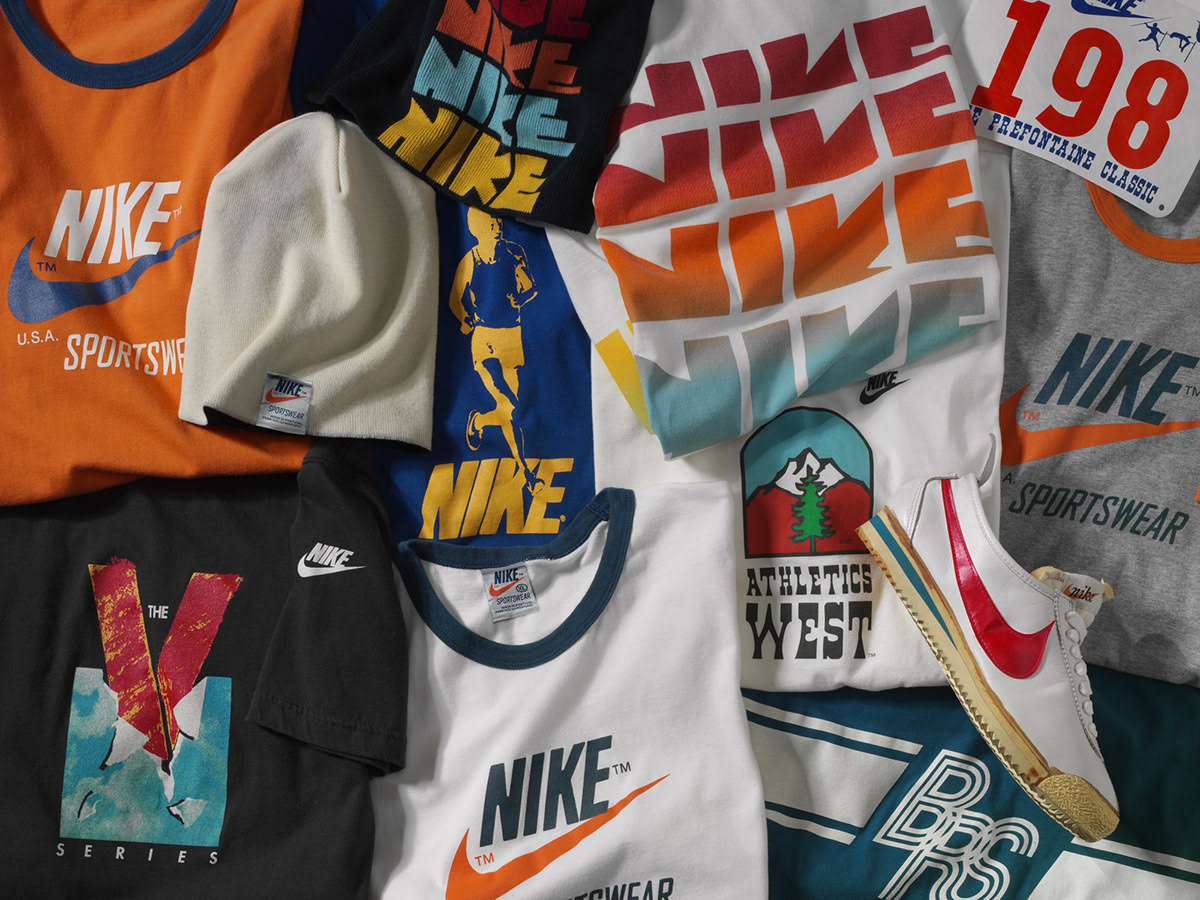
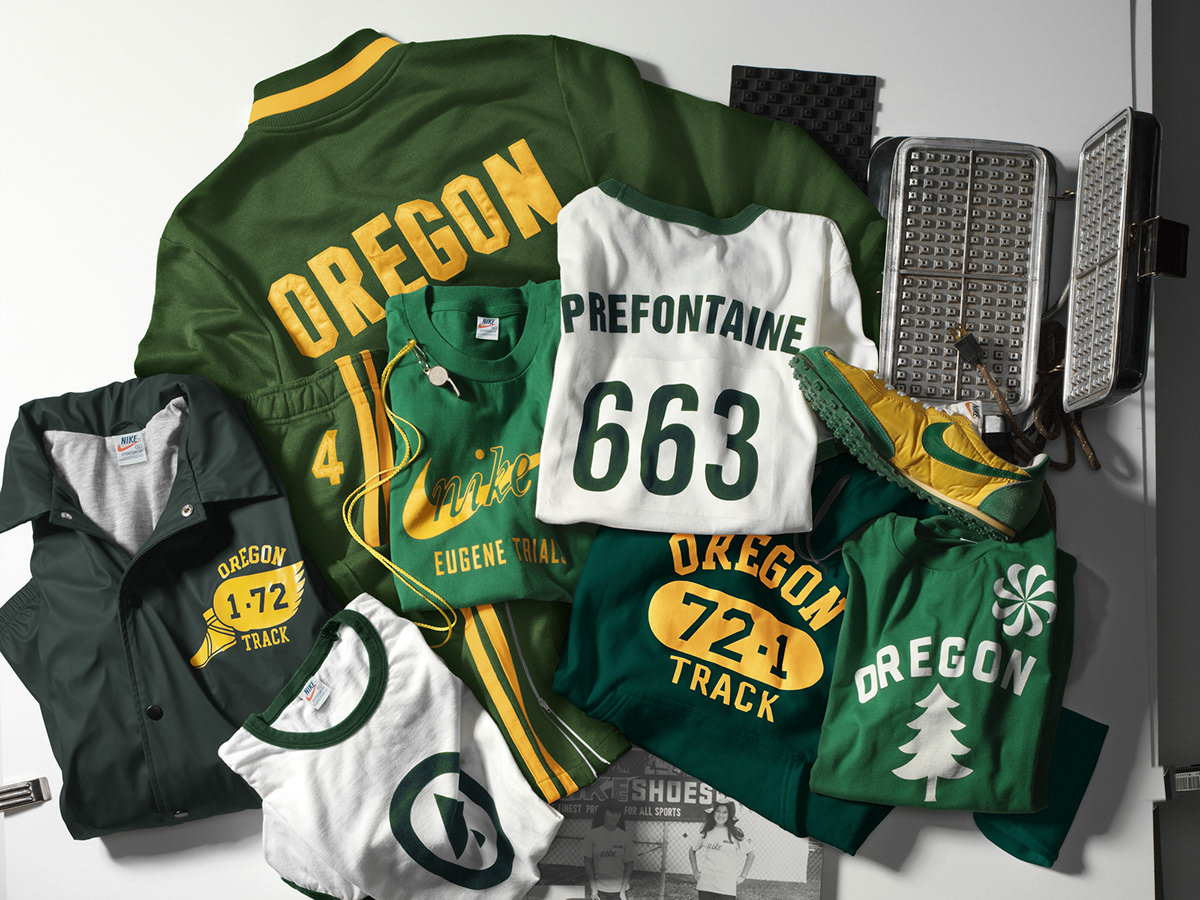
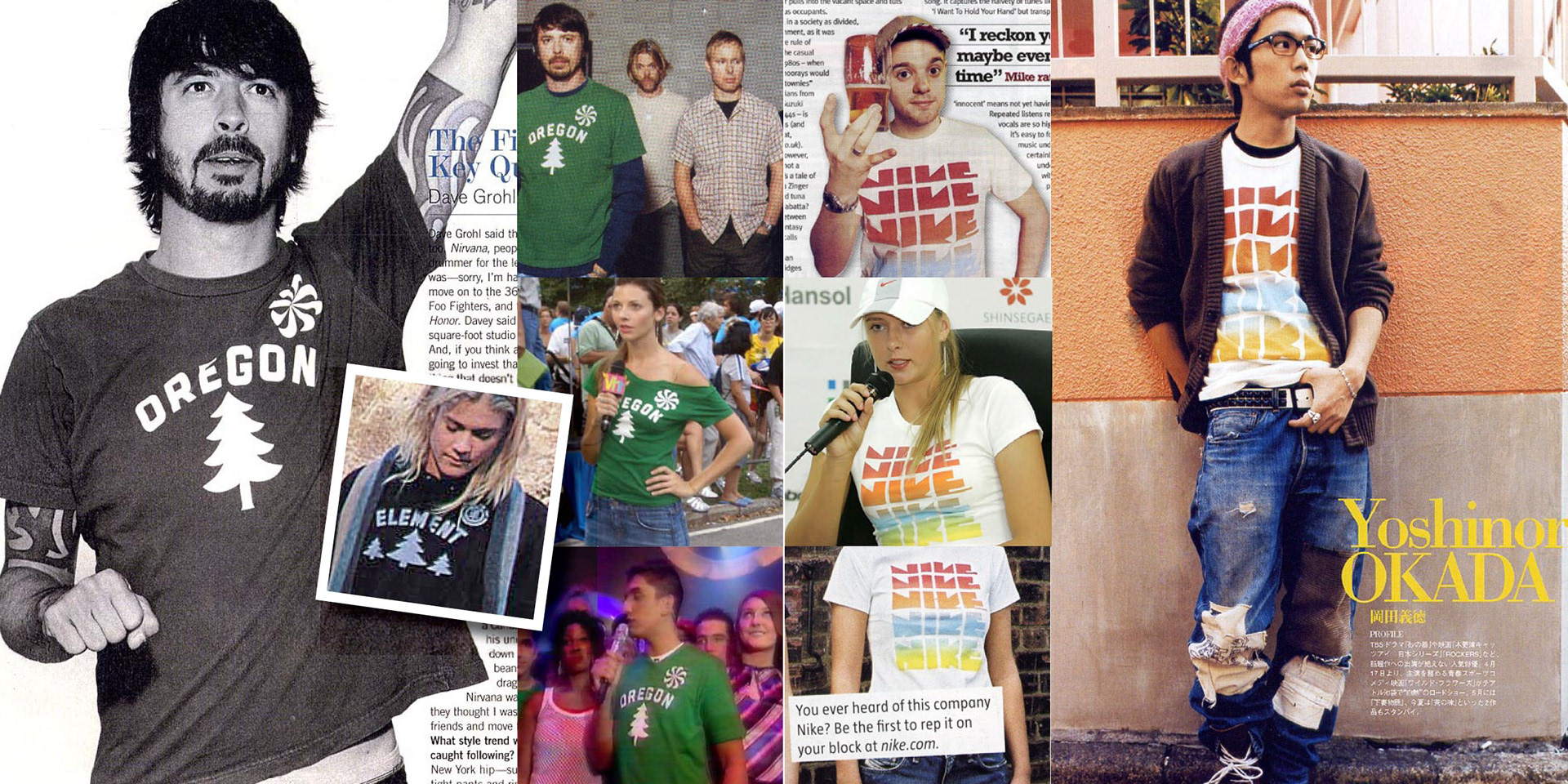
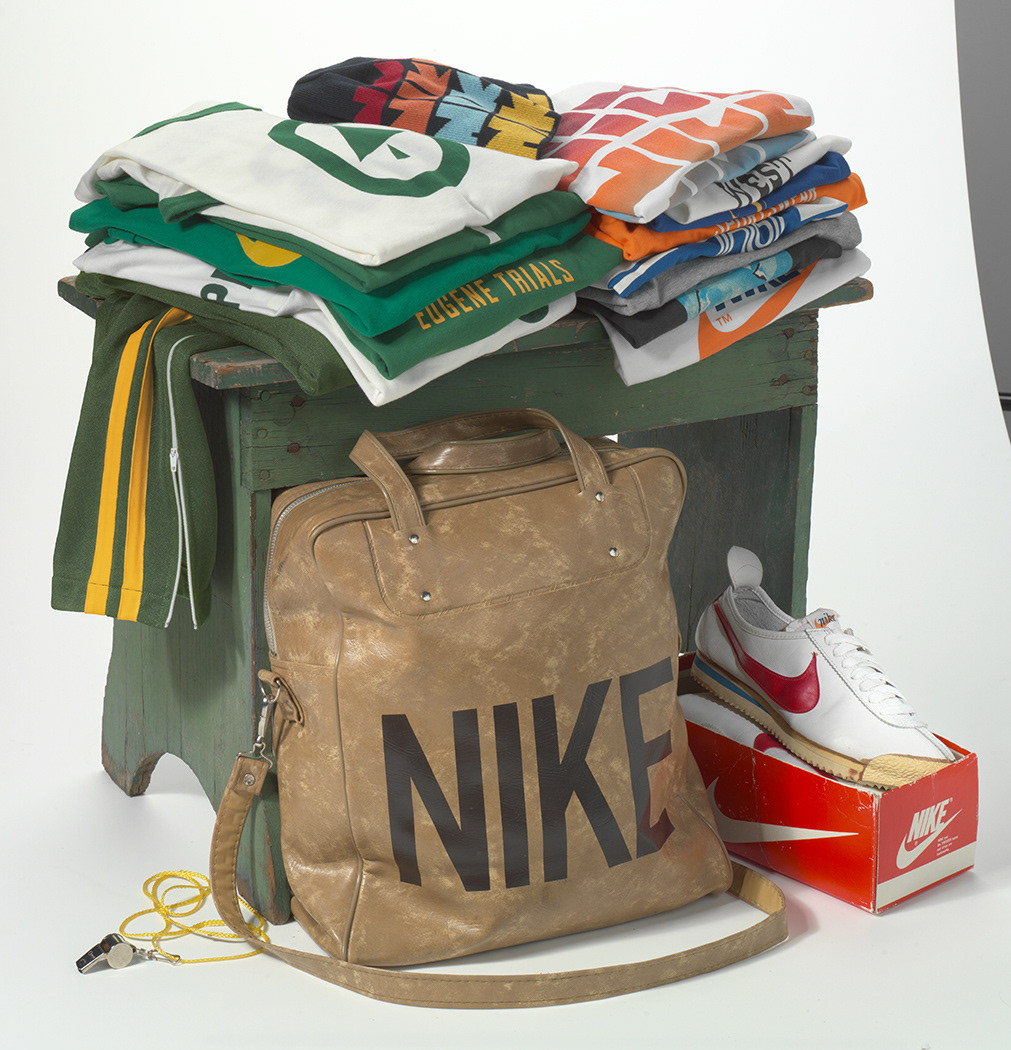
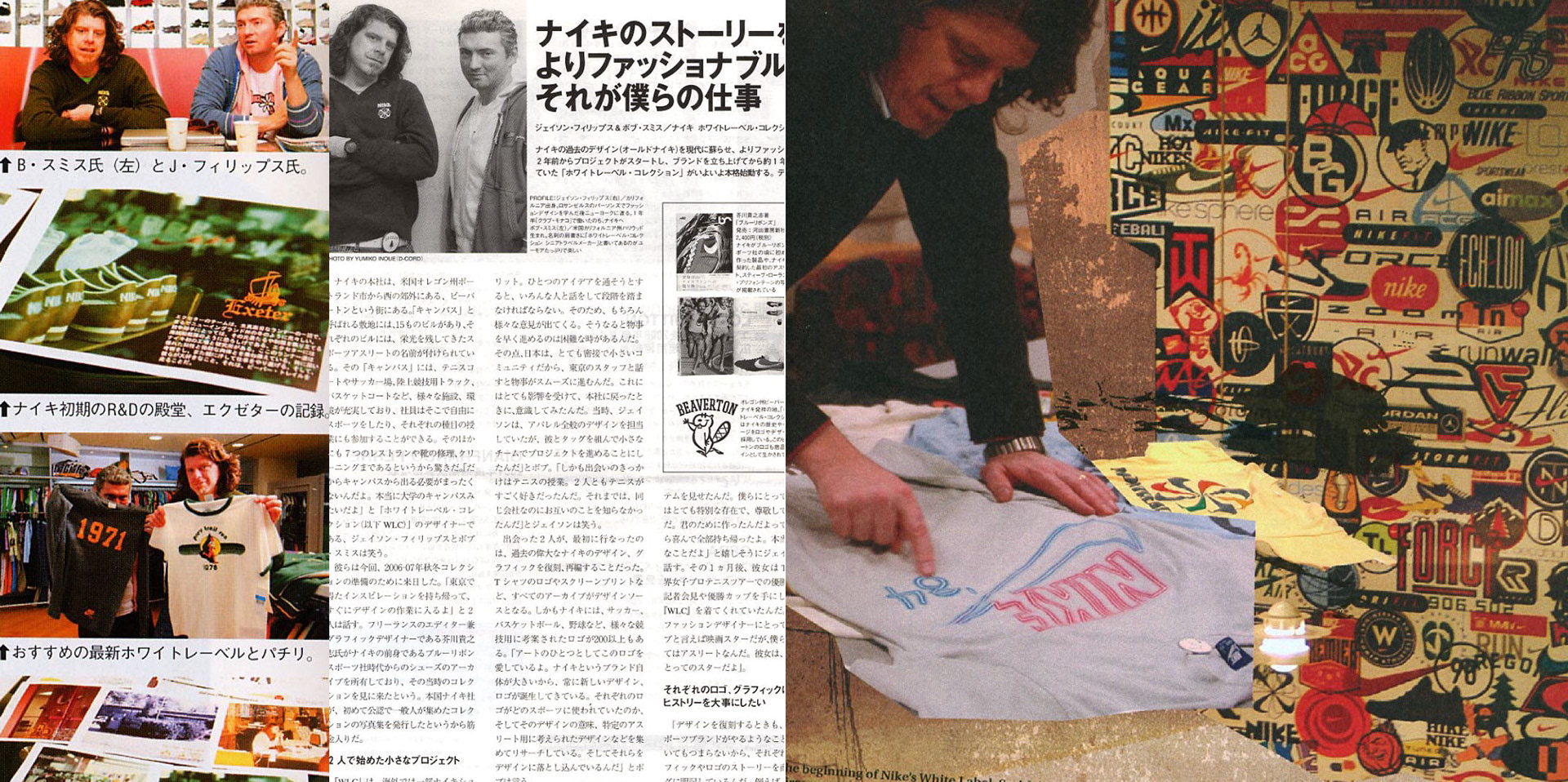
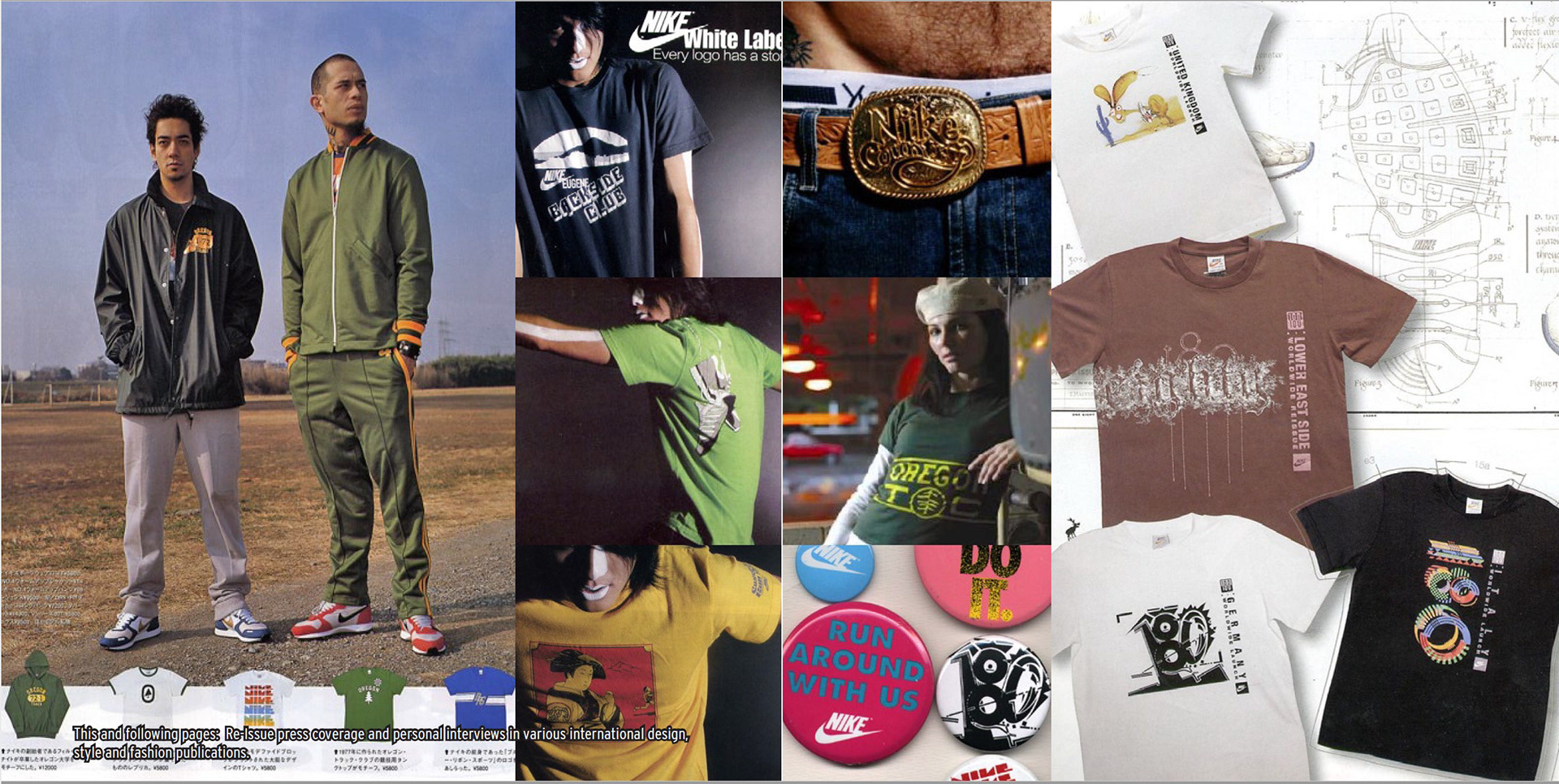
COOL STORY BRO
As the collection grew and evolved, we tried to stay true to our storytelling mandate. Each piece had its own specially written hangtag insert, detailing the significance of each garment. Every season we interviewed personalities connected to the stories to draw out the unique insights written into the hangtags. It added work to the process, but we felt that if we told the story right, the garment then became a souvenir of your personal experience of the brand.
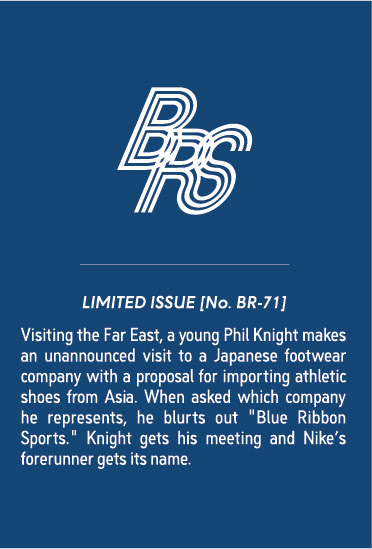
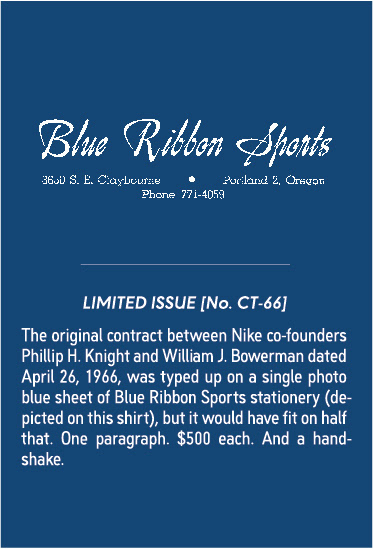
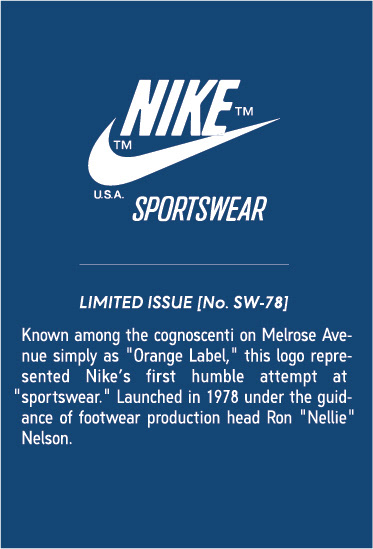
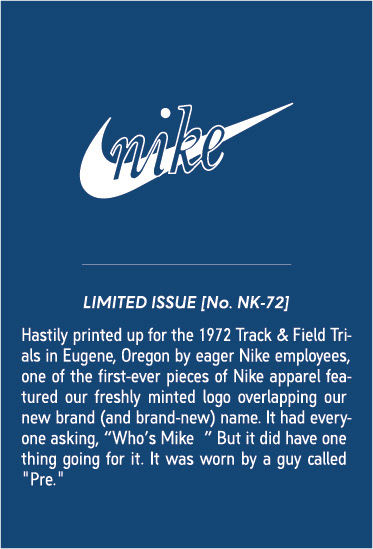
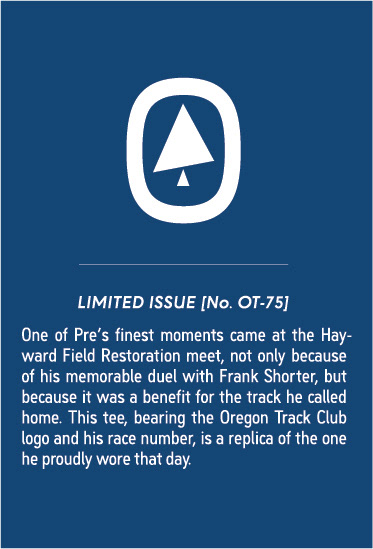
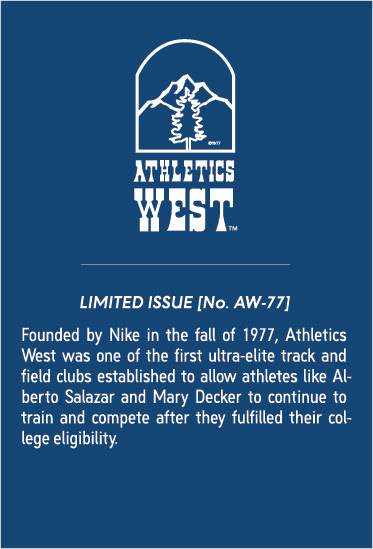
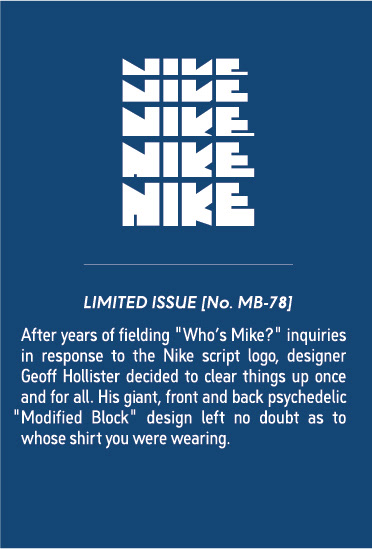
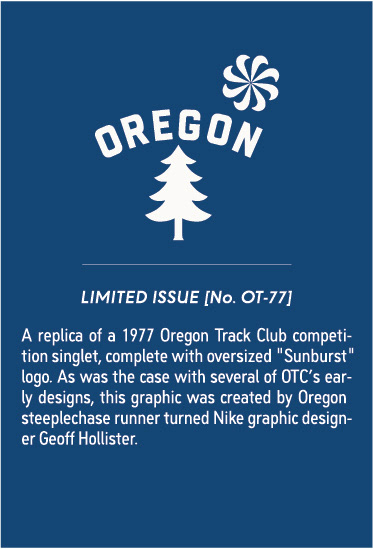
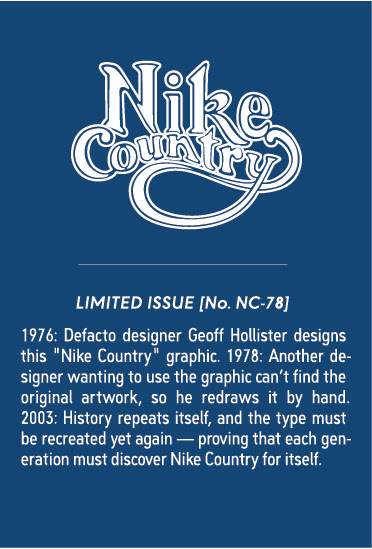
SINE QUA NON:
Mindy Grossman – Nike Global Apparel VP
Jason Phillips – Senior Designer
Elizabeth LeMay, Mindy Young – Development/Sourcing
Mike WilsKEY, Ken Black, Lauren Holden KILBANE — Nike Advanced Concepts
Jason Phillips – Senior Designer
Elizabeth LeMay, Mindy Young – Development/Sourcing
Mike WilsKEY, Ken Black, Lauren Holden KILBANE — Nike Advanced Concepts
GEOFF HOLLISTER, NELSON FARRIS, RICK SHANNON — Nike DNA